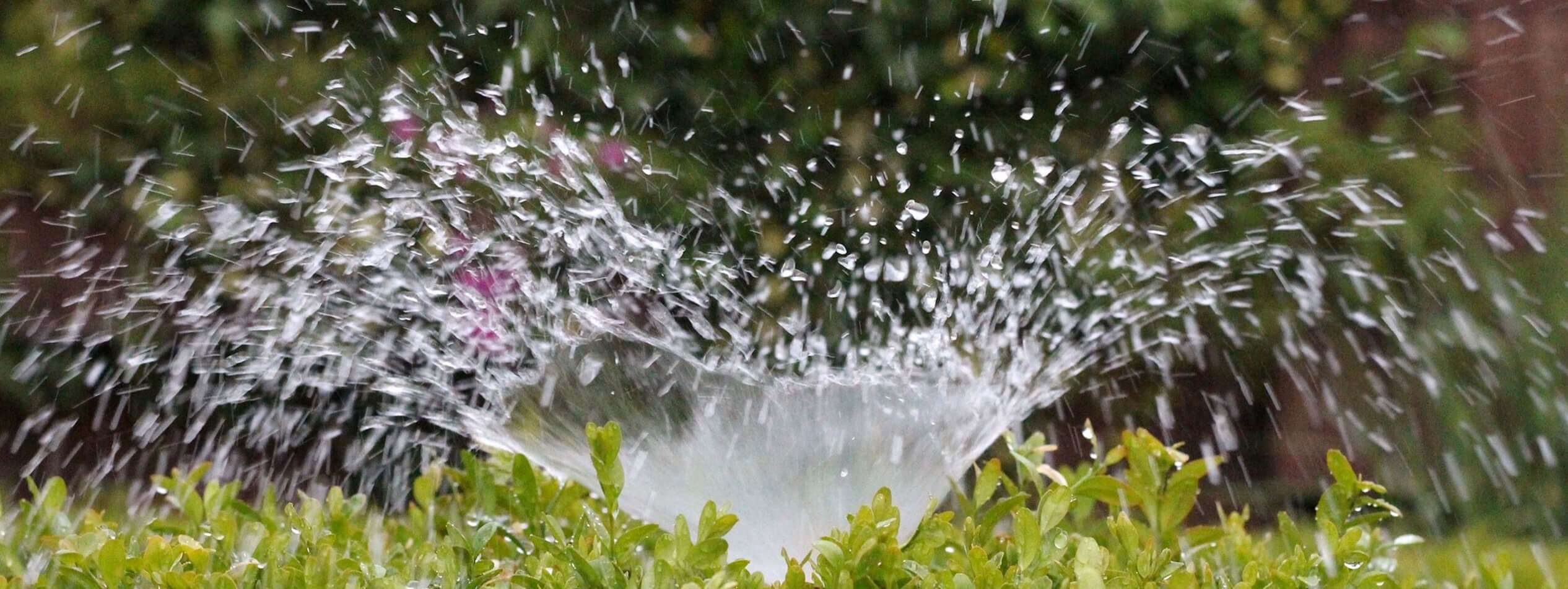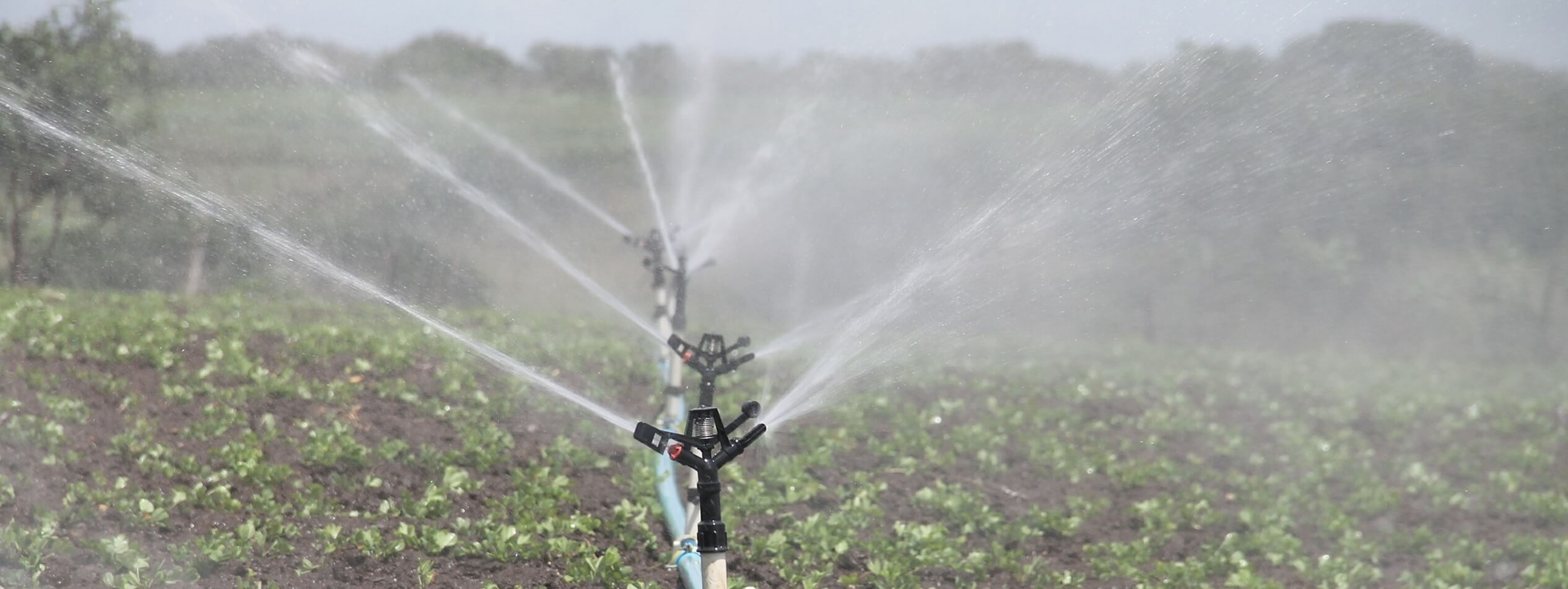Farms are dynamic agro-ecosystems. There are numerous things which effect the productivity of this system. Farmers are generally very good at measuring, monitoring and accounting for the factors which influence production. An area where I think there is a lack of emphasis, which results in a lack of measuring and monitoring, is irrigation water quality.
Irrigation water quality significantly effects the quantity and quality of any crop. There are multiple factors used to assess water quality, and different crops have different tolerances. In this blog I am just going to focus on two of the most important factors: 1) oxygen and 2) saline and/or sodic water.
The importance of oxygen
Two types of soil organisms can be broadly categorised: 1) aerobic, which require an oxygenated environment to survive, and 2) anaerobic, which do not. The root zone of the soil is intended to be aerobic, and most the beneficial organisms dwelling on the soil are aerobic. Plant roots also require oxygen. Irrigation water which is low in oxygen creates anaerobic conditions in the soil when the soil is saturated with this water. This creates adverse conditions for the growth and functioning of both roots and beneficial microorganisms. A good indication that irrigation water is low in oxygen is when crops respond much better to rainfall events than to irrigation events. Rainfall is very high in oxygen.
High levels of nutrients in irrigation dams cause excessive plant and algae growth. This process, known as eutrophication, leads to depleted oxygen levels in the water. Eutrophication is the result of pollution of water sources, mainly from nitrogen and phosphorous. This nitrogen and phosphorous often comes from excessive fertilisation and/or effluent which enters water sources.
Irrigation dams which are covered in algae and aquatic plants are an indication that the oxygen levels are depleted. The more growth of algae and plants there is, the more depleted the oxygen levels will be. There are water treatment options for increasing oxygen levels, and these should be considered on farms where this is a problem. More importantly, the cause should be addressed. This is done by ensuring no/limited run-off of excess nutrient from crop/pasture-lands, and by managing effluent effectively.
How we are wasting money and nutrients, and negatively impacting the environment
The problem with excessive salts
The other main area of concern with irrigation water quality relates to the salinity and/or sodicity of the water. Salinity refers to the total dissolved salts, whereas sodicity refers specifically to the amount of sodium present in water. Water with high levels of salts has significantly less value as irrigation water. High salt content leads to reduced growth, groundwater pollution and a build up of salts in the soil.
The unfortunate part of salinity is that farmers usually have little control in influences of this aspect of water quality. You end up having to work with what you have. It is therefore important to know whether the irrigation water being used is high in salts (usually indicated by high electrical conductivity [EC], high total dissolved solids [TDS] and/or high sodium absorption ratio [SAR]).
There are management practices which alleviate some of the negative impacts of saline and/or sodic water. These include ensuring that there is adequate drainage, so that there is not a great a build-up of salts in the soil. This is especially important in soils with higher clay content. A higher plant-water-availability needs to be maintained, as it is more difficult for plants to absorb water which is higher in salts. The soil sodium, magnesium, potassium and calcium levels should be monitored, and the build-up and/or imbalance of any of these should be addressed if/when it becomes a problem. Fertilisers containing chloride should be especially avoided where salinity is a problem in the soil. Irrigation during periods of high evaporation should be avoided (e.g. hot days and high wind conditions), as this results in an increased concentration of salts. Irrigation systems associated with high evaporation rates should also be avoided.
Conclusion
Ignorance is not bliss when it comes to irrigation water quality. The best place to start is knowing the quality of your irrigation water. Management steps can then be taken to mitigate the negative impacts of this water if it is not of optimal quality.
Sources
https://www.agric.wa.gov.au/fruit/water-salinity-and-plant-irrigation – Accessed 26 April 2019
https://www.lenntech.com/applications/irrigation/salinity/salinity-hazard-irrigation.htm – Accessed 26 April 2019
http://waterquality.montana.edu/energy/cbm/background/soil-prop.html – Accessed 26 April 2019
- A carbon footprint assessment for pasture-based dairy farming systems in South Africa - 2024-02-07
- What progress have farms participating with Trace & Save made over the past 10 years? - 2023-09-06
- Carbon footprint reduction over time: Lessons from pasture-based dairy farms in South Africa - 2023-09-04


